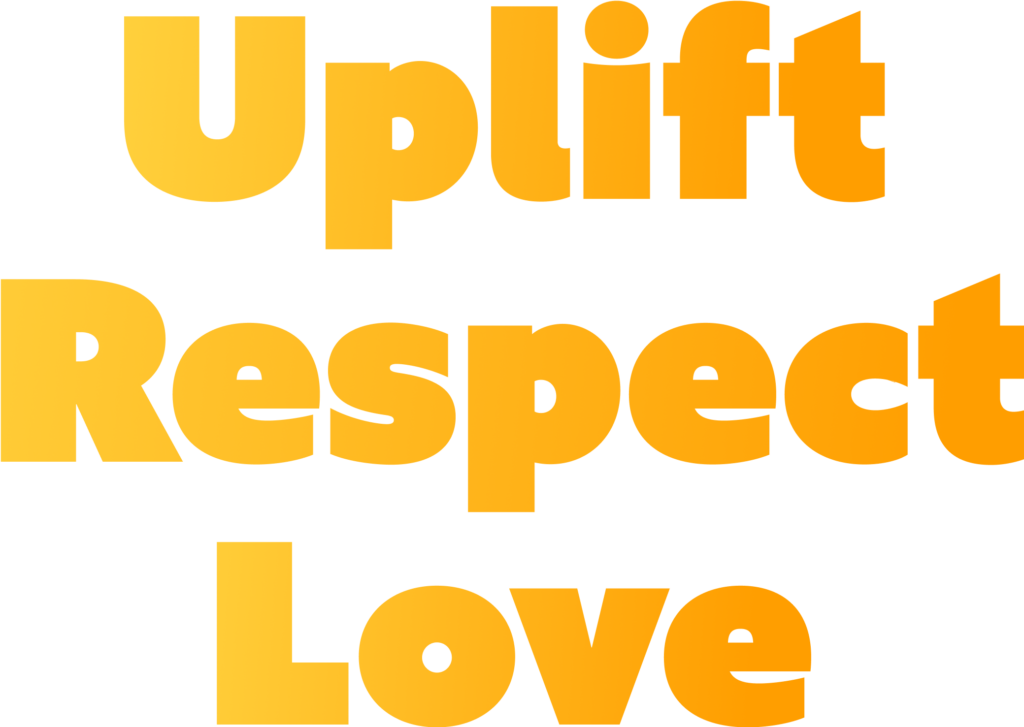Byline: Elijah McKee
“I don’t know if you spent any time on the Black side of TikTok after the election,” moderator Femi Redwood, editorial director of Epicenter NYC, began to ask the panel before her. “But you heard a lot of Black women frustrated with the way other communities of color voted.”
She was speaking with panelists from a range of independent Black and Brown media outlets: Krysta Villeda, Chief Operating Officer at Pulso; Solomon Jones, WURD Radio host and The Philadelphia Inquirer columnist; Jennifer Taylor-Skinner, founder and host of The Electorette podcast; Neely Bardwell, politics editor for Native News Online; and Randall Yip, founder of AsAmNews.
They were part of the day-long event “Covering A Divided Nation: Lessons from Black and Brown Media” at the National Press Club in Washington, D.C. The event was sponsored by URL Media and the National Press Club’s Journalism Institute. The social media app SPILL livestreamed the event.
Their panel, “Voting Patterns Across Communities,” explored how different populations behaved in the 2024 election, how each outlet approached the race, and what lessons have emerged since.
In a conversation that included a lot of explanation about voter motivations and was sprinkled with statistics, the panelists acknowledged the differences in the way groups voted and how those groups’ votes were recorded and reported. They named strategies for journalists to to take forward in covering these communities, including: prioritizing ownership of their stories; reaching audiences where they are; making voter suppression more visible; finding the universal within the specific; those in power leveraging their privilege; calling out misinformation and boosting acceptance of truth; and being a watchdog when needed.
“What fissures were exposed in your coverage?” Redwood prompted the group, noting the cracks forming in the cross-community solidarity that has surged since 2020.
A common answer across the panel was that while racial and gender-based differences were at play, lumping these groups together to find voting trends or drive reporting may be taken too far.
The broad BIPOC coalition is useful for aligning common interests, but can also overly equate communities that have starkly different circumstances, Jones argued.
Bardwell, Villeda, and Yip agreed, going a step further to explain that not only should that coalition not be treated as a single mass, but each group within it is also not a monolith.
In reality, these communities are diverse across generations, locations, immigration statuses, wealth, and more. For instance, when polling Native communities, it matters whether they live on or off reservations, Bardwell noted.
Drawing these lines is especially important to create accurate and productive frames of references around elections. Yet the panelists noted how it can also expose weak spots.
“There are some issues that affect all of us, but we are so busy trying to separate ourselves from each other that it becomes easier for other people to separate us,” Jones said, offering the example of then-former President Donald Trump stoking division among Black and South Asian communities on the campaign trail about then-Vice President Kamala Harris’s identity.
When the election tallies came in, the results in many communities of color, such as Black and Latino men, skewed further toward Trump than some expected. Many attributed this to the misogynoir Harris faced, while others also emphasized the role of class differences.
To that point, Taylor-Skinner pushed back.
“Yes, we have class differences, but when it comes to voting, that does not affect [us],” she argued. “92% of Black women voted for Kamala Harris.”
Overall, the panelists agreed that pointing fingers at one another wouldn’t move the needle forward. What would help is finding better ways to take collective action, like the way Black women did for Harris at the ballot box, they said.
“There’s way too many people organizing, and who have been for a long, long time, to say that the coalition is dead,” Villeda said. “I think we’re coalition-building right now.”
During the Q&A portion of the panel, crowd member Manny Smith, senior editor at Yahoo News and Vice President of Philadelphia Association of Black Journalists, asked for the mic to praise the group for the range and honesty of the discussion.
“Thank you guys for the bravery,” he said. “For having this discussion up here … and being so full and fruitful about it.”
MORE FROM “COVERING A DIVIDED NATION”


